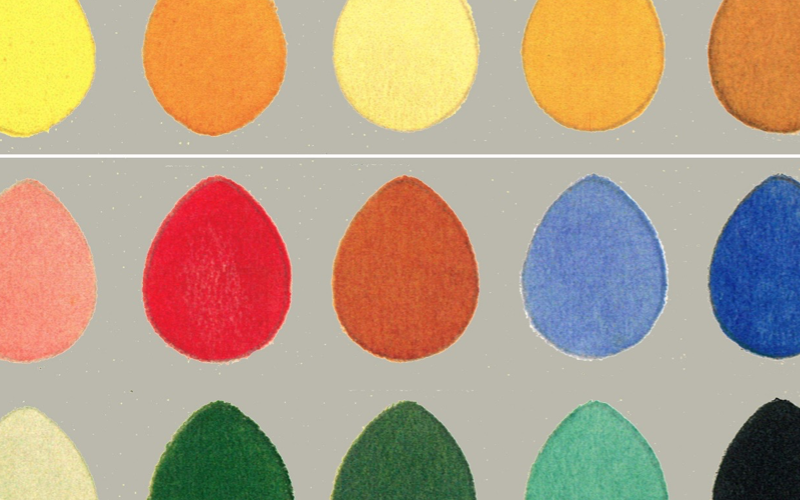
A richly illustrated postprint volume has been published
From the 15 to 17 March 2018, Munich and its ‘Kunstareal’ was the location for three days of exchange and experiment on ‘Tempera Painting between 1800 and 1950’.The Doerner Institut of the Bayerische Staatsgemäldesammlungen hosted this international conference with over 270 participants from 22 countries, which took place in close cooperation with the Academy of Fine Arts, Munich, and the Technical University Munich, Chair of Conservation-Restoration, Art Technology and Conservation Science, as well as museum partners Villa Stuck and the Lenbachhaus. Munich has a long history as a hotspot for artists and scholars interested in painting techniques. All the above-mentioned institutions share an unbroken tradition of theoretical and practical engagement with art-technological questions reaching back into the 19th and early 20th century. Prominent painting technicians including Ernst Berger and Max Doerner researched and taught in this field, and chemists such as Alexander Eibner studied the properties and durability of artists’ materials. This milieu inspired influential artists including Franz von Lenbach and Franz von Stuck as well as members of ‘Der Blaue Reiter’ to experiment with new materials and techniques. In this period, ‘tempera’ and experiments on new binding media systems were among the most debated and complex topics of painting techniques. For about 10 years, intense academic research and exchange on this fascinating history of tempera painting has been ongoing among numerous institutions and independent scholars, both in Germany and elsewhere. We felt that this was the moment to share the manifold views and research activities among a broader, international audience, bringing together scholars from the fields of conservation, technical art history, science and art history. The two days of lectures covered a broad range of questions such as: What were the artists trying to achieve? Which materials did they use and how did they prepare and apply them? How can we examine and understand their techniques? In addition to theoretical disputes, the conference offered a day dedicated to practical workshops and guided gallery tours allowing participants to gain hands-on experience of the making of paints and their application as well as a splendid opportunity to study works of tempera painting preserved in Munich museums. Now, a richly illustrated postprint volume is published by Archetype Publications available either in print form or as free and open access pdf download. These texts explore the revival of tempera painting between 1800 and 1950 from the perspectives of art history, technical art history, conservation and scientific analysis. General papers give an overview on topics such as the historical background of tempera painting, its terminologies, commercial production and the reconstruction of historical recipes, fundamentals of rheology, binding medium analyses and its interpretation. Moreover, particular papers focus on the work of Christina Herringham, Frances Hodgkins, Paul Klee, Hermann Prell, John Roddam Spencer Stanhope, Joseph Southall, Edward Steichen and Ossawa Tanner. The book thus gives new insights into what artists were trying to achieve, the materials they used and how they prepared and applied them.
Major funding partners: VolkswagenStiftung and EU IPERION CH
